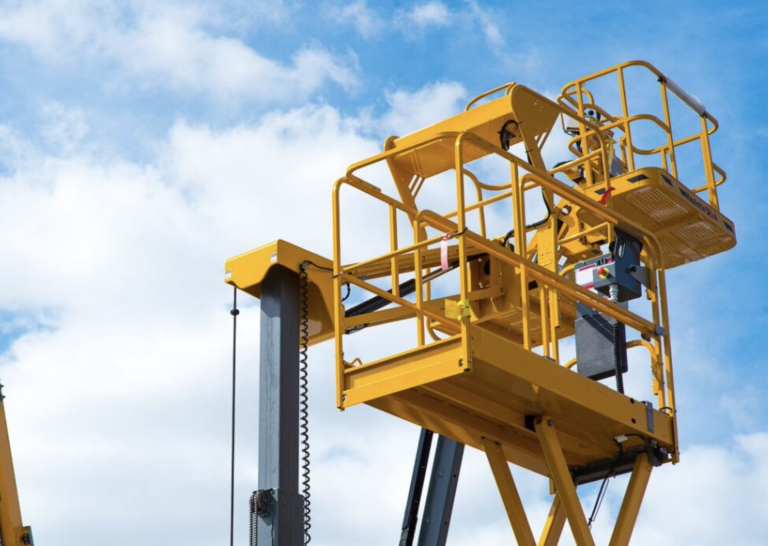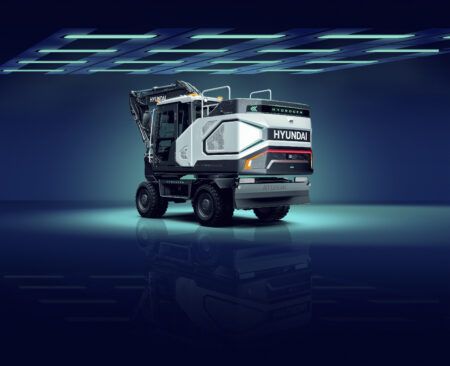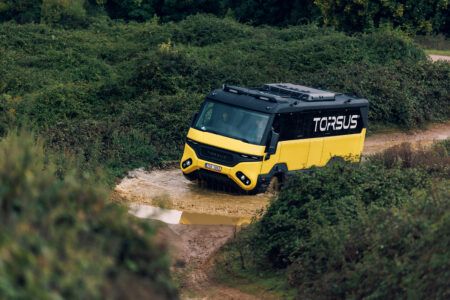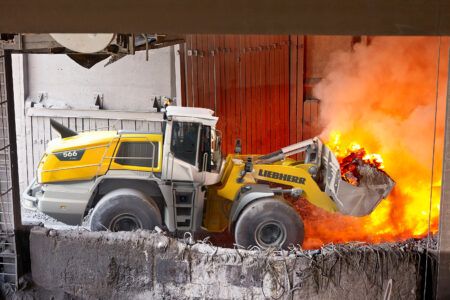As sustainability regulations tighten, electrification is gaining momentum in mobile elevated work platform (MEWP) applications. Mourad Chergui, senior product manager at Delta-Q Technologies, discusses the significant role battery chargers play in the electric MEWP space, which encompasses industrial machines such as slab scissor lifts, booms and telehandlers
***
The expansion of global infrastructure, government-supported construction projects, old building renovation and the rise of e-commerce, which requires extensive warehouse operations, are all driving a significant surge in MEWP usage worldwide.
These factors are driving robust Compound Annual Growth Rate (CAGR) projections of 9.3% from 2024 to 2033. Currently, battery-powered scissor lifts constitute the majority of MEWP machines. While internal combustion engine (ICE) equipment is still prevalent in rough-terrain and outdoor applications, the industry is rapidly transitioning towards zero-emissions systems.
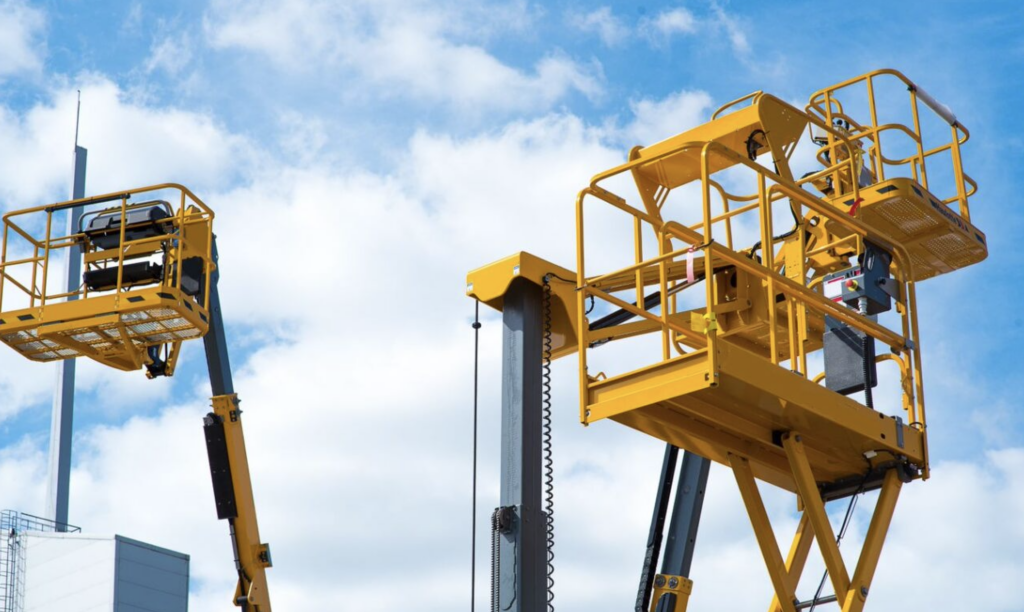
ABOVE: The MEWP industry is rapidly transitioning towards zero-emissions systems
For fleet managers, rental companies, and OEMs in the elevated platform sector, what practices can they implement to drive electrification? What role do battery and charger technologies play in ensuring sustainable, compliant, and efficient operations?
This article aims to explore and answer these questions.
Current state of MEWP electrification
Mobile Elevated Work Platforms encompass a diverse range of equipment, including lift designs such as:
- Scissor lift
- Vertical lift
- Telescopic boom lift
- Articulating boom lift
- Spider lift
Each model naturally lends itself to specific applications, influencing whether fleet owners opt for electric models. For example, not only are electrified scissor lifts more practical for indoor environments due to emission concerns, but they also have near-instant access to charging infrastructure.
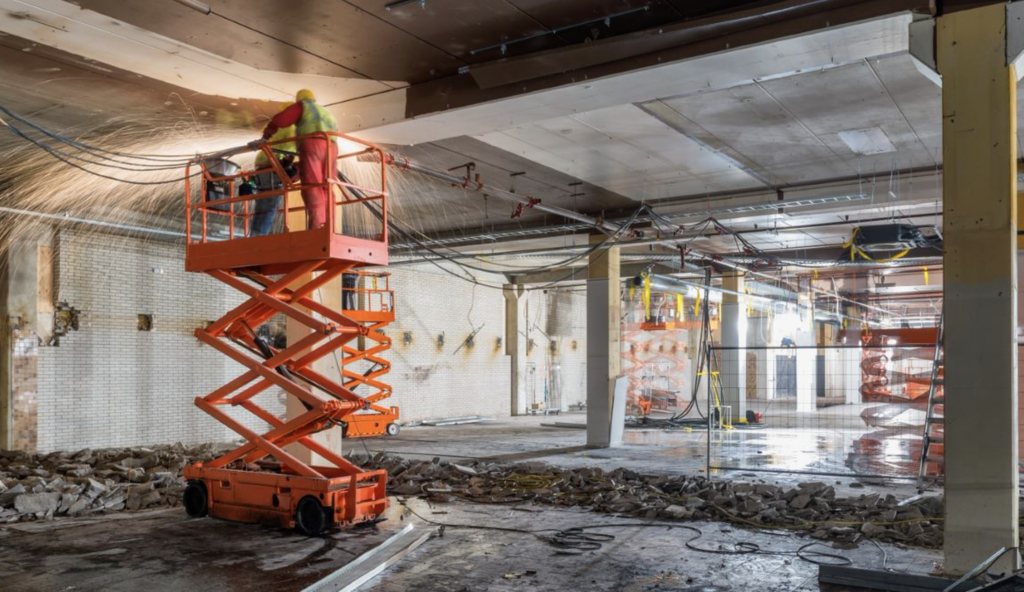
ABOVE: Electrified scissor lifts are practical for indoor environments and have near-instant access to charging infrastructure
Such logistical and regulatory factors are central to the prevalence of electric MEWPs, the majority of which currently utilize lead-acid battery packs. This choice also circles back to logistics; besides the lower cost, the heavier lead construction stabilizes and counterbalances the vehicle.
Role of evolving battery tech
The previously considered benefits of lead-acid fleets made them the obvious choice—10 years ago. Today, the lift industry is beginning to see the value in lithium-ion chemistries, which offer:
- Higher power efficiency
- Simplified equipment maintenance
- Greater durability in challenging settings
- Longer work-life
- Lower total cost of ownership (TCO)
Lithium-ion batteries also pave the way for new optimizations. Modern platforms are moving away from traditional hydraulic systems and adopting electric actuators. This shift eliminates the risk of hydraulic leaks, which are costly and harmful to the environment. Also, it allows for better power efficiency through energy recovery, leading to more sustainable operations.
Charging solutions
The choice of battery is certainly important, but it’s only half the picture. A purpose-built charger is the key to unlocking the true value of your battery, increasing its usable lifespan by two to threefold with proper maintenance.
Besides the clear ROI advantage this longer lifespan entails, what else can the right charger do? Quite a bit, including:
- Reduce charging and idle electricity consumption – In line with current California Energy Commission (CEC) regulations, advanced chargers ensure less electrical energy is lost in the transfer, improving overall efficiency.
- Improve operational sustainability – By prolonging battery life through optimized charging algorithms, these chargers decrease the environmental impact associated with disposing of spent batteries.
- Enable telematic communications – Chargers integrated with an intelligent Battery Management System (BMS) enable external monitoring and data mining, providing strategic insights into equipment use and charging habits and detecting equipment abuse.
Such benefits are a direct result of the incremental, often unnoticed advancements in charging technology, which is shifting away from motive chargers like ferroresonant and silicon controlled rectifiers (SCR). Only high-frequency chargers can be expected to deliver these results.
The future of sustainable lift platforms
As MEWPs increasingly operate within densely urbanized areas, they can expect to encounter stricter noise and air pollution regulations—a domain where electrified machinery can truly excel.
For OEMs, fleet managers, and rental companies in the MEWP space, the current dominance of ICE must be seen not as an obstacle but as a rare opportunity.
By leveraging advanced charging solutions in tandem with the right battery system, fleet owners don’t just improve operational efficiency today; they do so in alignment with a sustainable tomorrow.
About Delta-Q Technologies
Delta-Q Technologies is leading the charge in industrial electrification. As supplier of choice for Tier 1 OEMs, Delta-Q is dedicated to collaboratively designing, testing, and manufacturing rugged battery chargers for electric drive vehicles and industrial machinery. With a legacy spanning 25 years, Delta-Q’s values, commitment, and collective engineering expertise guide customers through the challenges of electrification—to the goal of a greener, more sustainable world.


